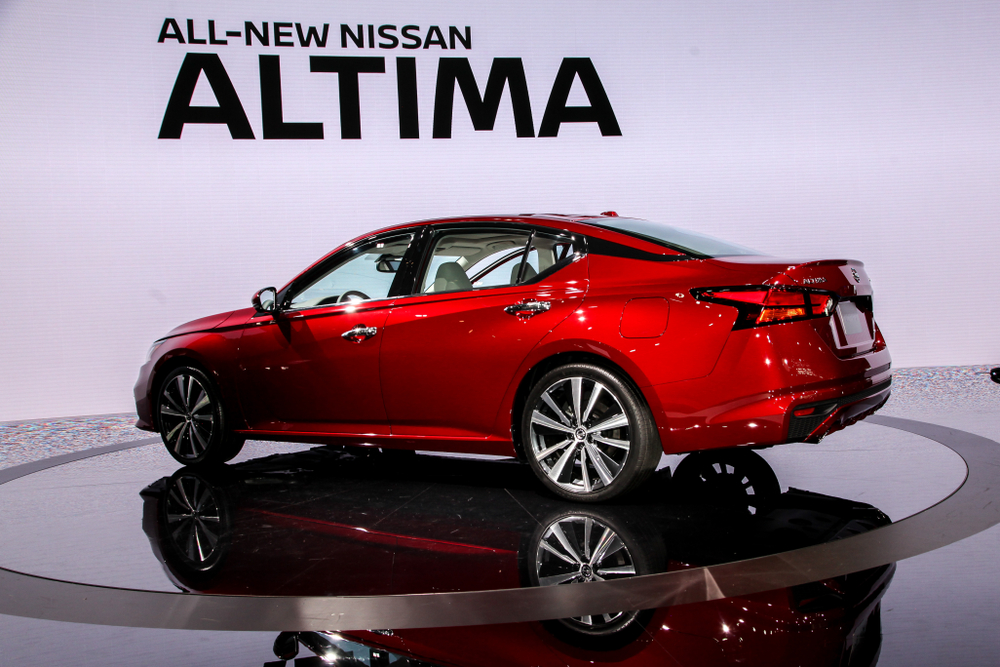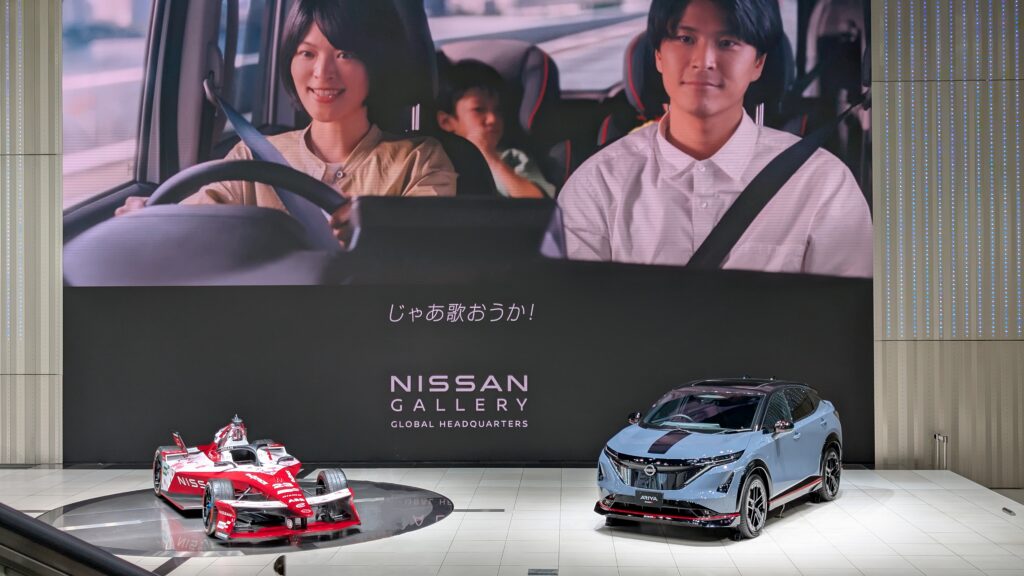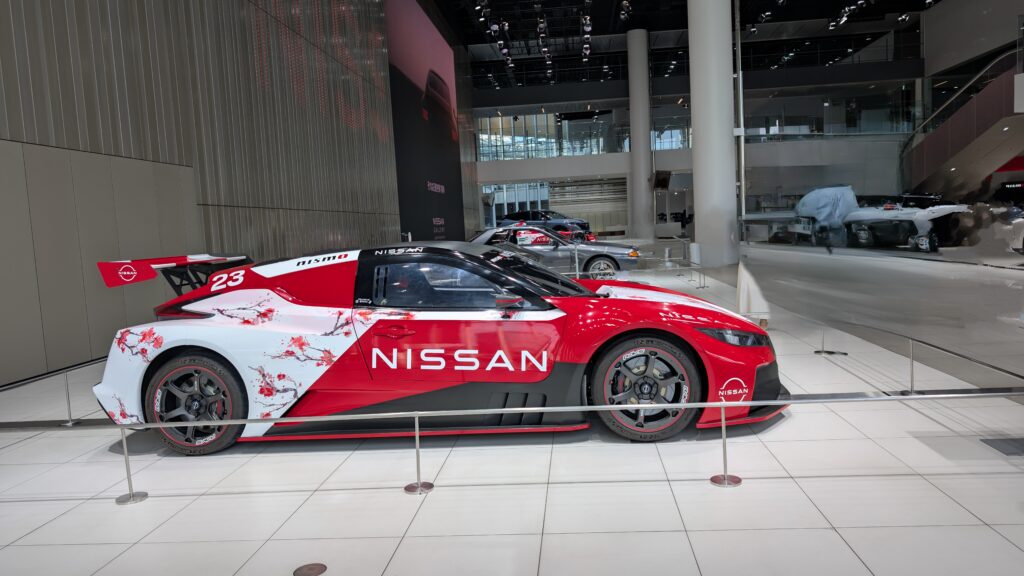In a stunning announcement that sent shockwaves through the automotive industry, Nissan Motor Co., Ltd. recently revealed it expects a net loss of 750 billion yen (approximately $5.3 billion) for the fiscal year ending March 2025. This marks one of the most significant downturns in the company’s history, which is the worst-ever loss in its more than 90-year history. , Nissan experienced hard times in the past, but recovered from downturns every time. Some say Nissan’s deep-rooted structural and strategic issues cause this unprecedented deficit. This blog will explore Nissan’s historical trajectory, corporate culture, pivotal leadership decisions, and the challenges it faces today to understand how one of Japan’s premier automotive manufacturers arrived at such a crossroads.
The Founding and Rise of Nissan
Nissan’s origins can be traced back to 1926, when DAT Motorcar Manufacturing was established in Osaka. Initially focused on producing small cars, the company developed its first models by 1930. In 1931, Tobata Imono, a predecessor company of Proterial, Ltd (renamed from Hitachi Metal), acquired the firm. Under the leadership of founder Yoshisuke Aikawa, an entrepreneur and the founder of the Nissan Conglomerate, Tobata Imono’s automobile division evolved into what would become Nissan Motor Co., Ltd. In 1933, Jidosha-Seizo Co., Ltd. was established in Yokohama, with Aikawa serving as president. The following year, the company was renamed Nissan Motor Co., Ltd. after Japan Industries (Nihon Sangyo) took full ownership.
Nissan’s engineering roots trace back to the Kaishinsha Motorcar Works, which produced Japan’s first car, the “DAT,” in 1914. When Nissan was founded, it continued producing a smaller model called the Datsun 12. The Datsun 12 quickly became a hit, with over 20,000 units produced within just two years. From the 1960s onward, Nissan used both “Datsun” and “Nissan” as international brand names. By the 1980s, the Datsun name was phased out in favour of unifying the global brand under “Nissan.”

Corporate Culture and Internal Struggles
Nissan’s internal culture has been marked by persistent factionalism and power struggles. In the 1970s, under the influence of powerful labour union leader Ichiro Shioji, who joined the company in 1953, the union gained unprecedented influence in corporate decisions. This led to a reversal of the typical power dynamic, with union leaders even influencing executive appointments. Rather than fostering strategic decision-making, the company often prioritised internal balance among factions.
This political culture became deeply embedded, with insiders describing Nissan’s management style as one where scheming and alliances dictated power more than performance or merit. This toxic environment persisted until the late 1990s and is widely considered a significant factor behind Nissan’s inefficiencies and inability to respond swiftly to market changes. The decision to seek support from Renault is credited to then-president Yoshikazu Hanawa, who managed to unify the company just enough to secure the necessary investment.
Carlos Ghosn and the Revival Plan
Nissan’s integration into the Renault-Nissan Alliance in 1999 marked a turning point. Carlos Ghosn, an executive from Renault, was dispatched to lead the turnaround. Known for his tough, results-oriented leadership, Ghosn introduced the Nissan Revival Plan, which included aggressive restructuring: cutting over 20,000 jobs, closing unprofitable plants, and dramatically reducing the supplier base.
Despite initial resistance, particularly in Japan, the reforms were highly effective. Within one year, Nissan had returned to profitability, reversing a massive loss of nearly 700 billion yen. Ghosn, who became CEO in 2001 and chairman in 2003, emphasized accountability, performance, and global competitiveness. Under his leadership, Nissan expanded its U.S. presence, leveraged incentive programs to boost market share, and invested heavily in product innovation.
Engineering Excellence and Iconic Models
Technological innovation has always been a cornerstone of Nissan’s identity. The company launched the Nissan Leaf in 2010, one of the world’s first mass-market electric vehicles (EVs), affirming its status as a pioneer in sustainable mobility. Other achievements include the Nissan GT-R, known for its performance and advanced engineering, and strong contributions to autonomous driving and connected car technologies.
Nissan’s product lineup has included global bestsellers:
- Nissan Altima – A reliable mid-size sedan
- Nissan Rogue/X-Trail – A compact SUV and international top-seller
- Nissan Qashqai – Popular in European markets
- Nissan Patrol – An off-road SUV favoured in the Middle East and Australia
These models have solidified Nissan’s global footprint and diversified customer appeal.


The EV Transition and Industry Shake-Up
During Ghosn’s leadership, the auto industry entered a once-in-a-century transformation with the shift to electrification. As vehicles risked becoming commoditized in an all-EV future, the only viable strategy for survival was scale—achieving economies through mass production. This is why Renault-Nissan-Mitsubishi, alongside Toyota and Volkswagen, focused heavily on growing market share.
Post-Ghosn Vacuum and Strategic Decline
In 2017, Hiroto Saikawa succeeded Ghosn as CEO. However, Ghosn’s arrest and subsequent resignation in 2018 plunged Nissan into a leadership crisis. The aftermath revealed more than just financial irregularities—it exposed a return to infighting, as various factions within the company vied for control.
With Ghosn’s sudden exit, Nissan was thrust into a leadership vacuum that reignited the very factionalism he had subdued. Instead of addressing the rapidly changing automotive landscape, Nissan’s leadership became preoccupied with internal politics. Operational oversight suffered, and the company’s strategic direction became inconsistent. Ghosn’s pursuit of scale may have been aggressive, but the post-Ghosn era’s failures stem more from a power vacuum and managerial paralysis than from his initiatives.
Underlying Problems: A History of Mismanagement
Nissan’s recent crisis is not merely a consequence of recent events. Its roots lie in decades of mismanagement, poor governance, and internal discord. Since the 1980s, successive leaders failed to resolve these fundamental issues. The excessive power of labour unions—Ichiro Shioji was even nicknamed “the emperor”—further complicated effective governance.
These systemic flaws led to the near collapse of the company in the late 1990s and eventually necessitated Renault’s bailout. For those familiar with Nissan’s history, the latest crisis is less of a surprise and more of a culmination of long-standing structural problems that were never fully resolved.
Factors Behind the 2025 Fiscal Year Loss
The projected $5.3 billion net loss in FY2024 stems from a combination of factors:
- Declining Global Sales: Nissan has experienced a significant decline in global vehicle sales, particularly in key markets such as China and North America. Increased competition and an ageing vehicle lineup have made it difficult to retain market share.
- Supply Chain Disruptions: Like many automakers, Nissan has faced ongoing supply chain issues exacerbated by the COVID-19 pandemic and geopolitical tensions. Semiconductor shortages have particularly affected production schedules.
- Currency Fluctuations: The weak yen has increased the cost of imported components, squeezing profit margins.
- Increased R&D Costs: As the automotive industry shifts towards electrification and autonomy, Nissan has ramped up its investment in research and development. While necessary for future competitiveness, these costs have strained current finances.
- Residual Damage from Ghosn Scandal: The lingering effects of the Ghosn saga continue to haunt Nissan, from a tarnished brand reputation to lingering mistrust within its alliance with Renault and Mitsubishi.
- Ineffective Strategic Direction: Analysts point to a lack of a coherent long-term vision post-Ghosn. Nissan’s attempts to capture new markets or segments have often lacked follow-through or been poorly executed.
Looking Ahead: Can Nissan Turn Things Around?
While the road ahead is fraught with challenges, Nissan remains hopeful. The company is attempting to restructure its operations once again, with a renewed focus on electrification, cost-efficiency, and product innovation. It has announced plans to release 19 new electric vehicle (EV) models by 2030 and aims to achieve carbon neutrality by 2050.
Furthermore, strengthening the alliance with Renault and Mitsubishi could yield synergies in production, R&D, and market expansion. However, for these plans to succeed, Nissan must rebuild trust internally and externally, establish strong and stable leadership, and articulate a compelling vision for the future.
Nissan and Honda initiated merger discussions in December 2024; however, the attempt was unsuccessful by the end of February 2025. The primary reason for the breakdown was a disagreement over the structure of the merger. Honda was concerned about Nissan’s financial health and demanded that Nissan cut 9,000 jobs and reduce its global production capacity by 20%. Furthermore, Honda proposed making Nissan a wholly owned subsidiary through a share exchange, but this proposal was rejected by Nissan’s then-CEO, Makoto Uchida, citing concerns over autonomy and the ability to maximise Nissan’s potential.
Nissan, under the new current CEO, Ivan Espinosa, is now considering shutting 7 factories, including 2 factories near its headquarters and cutting as many as 20,000 jobs to slim down the company (as of May 30).
Conclusion
Nissan’s expected $5.3 billion loss in fiscal 2024 is a wake-up call for one of Japan’s most iconic automakers. This financial haemorrhage reflects not only external market challenges but also deep-seated internal issues that have persisted for decades. From its founding glory and engineering triumphs to corporate infighting and leadership crises, Nissan’s story is a complex tapestry of innovation, ambition, and missteps.
Only time will tell whether Nissan can reclaim its position as a leader—or become a cautionary tale in the annals of corporate history.


